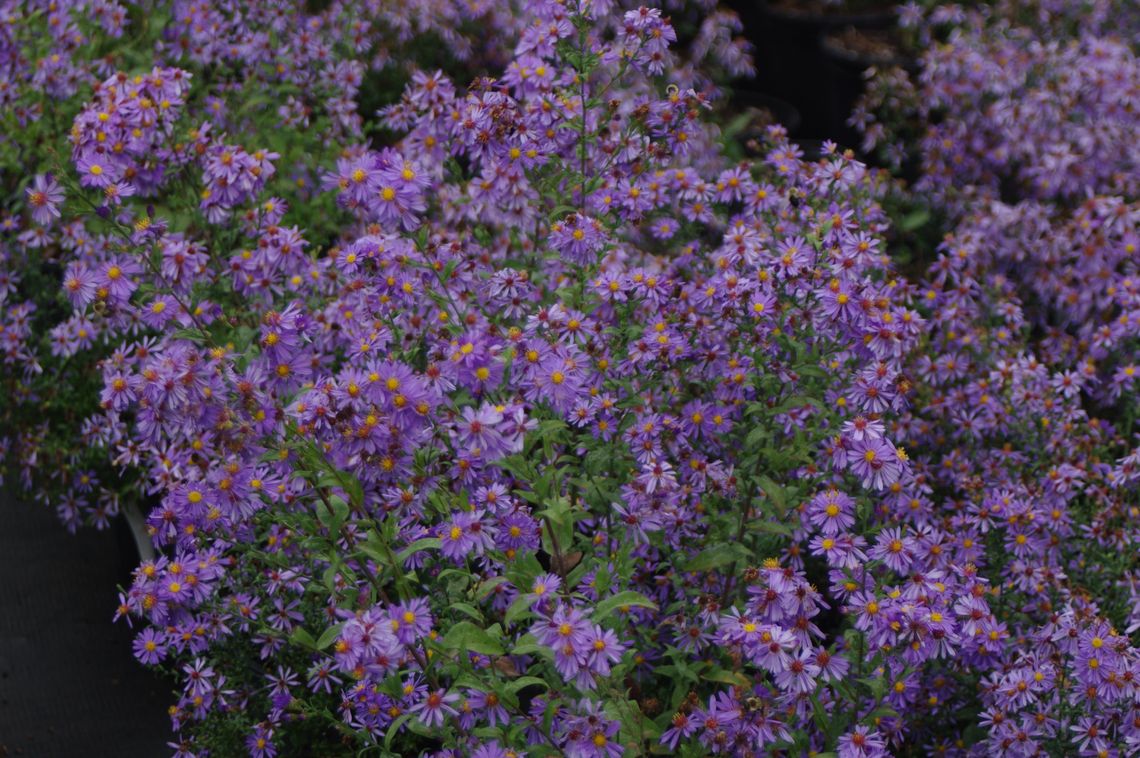



Gold Medal Plants

The PHS Gold Medal Plant Program is a resource for anyone looking for the perfect tree, shrub, edible, vine, or perennial plant to add to their garden. Gold Medal Plants have been selected for their ease of cultivation, multiple seasons of interest, commercial availability, appropriateness for the Mid-Atlantic region, and value to wildlife.
Explore the Gold Medal Plant Database.
What Makes a Plant a “Gold Medal Plant”?
Each year, PHS convenes nursery owners, horticulturists, expert gardeners, and professional growers to conduct a review of both newly available and classic species and cultivars, selecting the best performing and most beautiful for inclusion in the Gold Medal Program.
How to Use the Gold Medal Plant Database
Watch our user video on how to best navigate the database, including sorting, alphabetizing, viewing images, printing a shopping list, and more!
2026 Gold Medal Plant Winners
1. Amsonia tabernaemontana 'Storm Cloud' - Perennial
Amsonia tabernaemontana 'Storm Cloud', commonly known as Amsonia bluestar is a native perennial that is one of the first Amsonia to emerge and bloom in the spring and produces deep inky-purple stems followed by darker-than-usual blue flowers. Summer foliage eventually loses most of its darker tones but remains attractive through fall when it occasionally develops good yellow fall color. This reliable deer resistant plant forms a dense, clumping mound, almost like a small shrub and is good for smaller space gardens. This species can also take a little more shade and moisture than others while remaining adaptable to full sun and drier soils as well. It typically reaches a height of 24-30 inches and a width of 36-42 inches. It is hardy in zones 4 through 8.
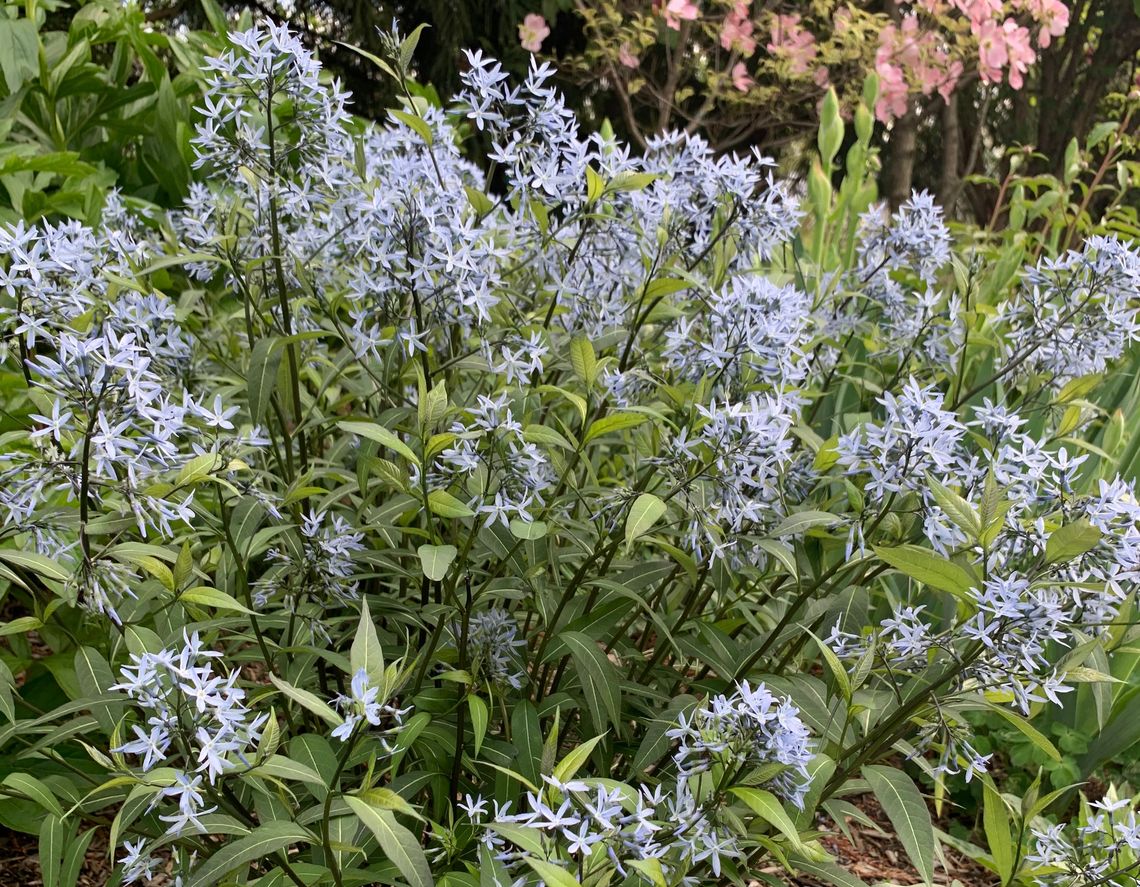
2. Chionanthus retusus 'Tokyo Tower' – Tree
Chionanthus retusus 'Tokyo Tower', Chinese fringetree, is a small to medium-sized, upright tree with an abundance of fluffy white flowers in the spring. In the fall the flowers mature into blueberry-like fruit and dark green foliage which turns bright yellow. It is good for small space gardens and can also be used as a street tree since it is tolerant of urban conditions. It grows 12 to 15 feet tall and 4 to 6 feet wide. It is hardy in zones 5 through 9.
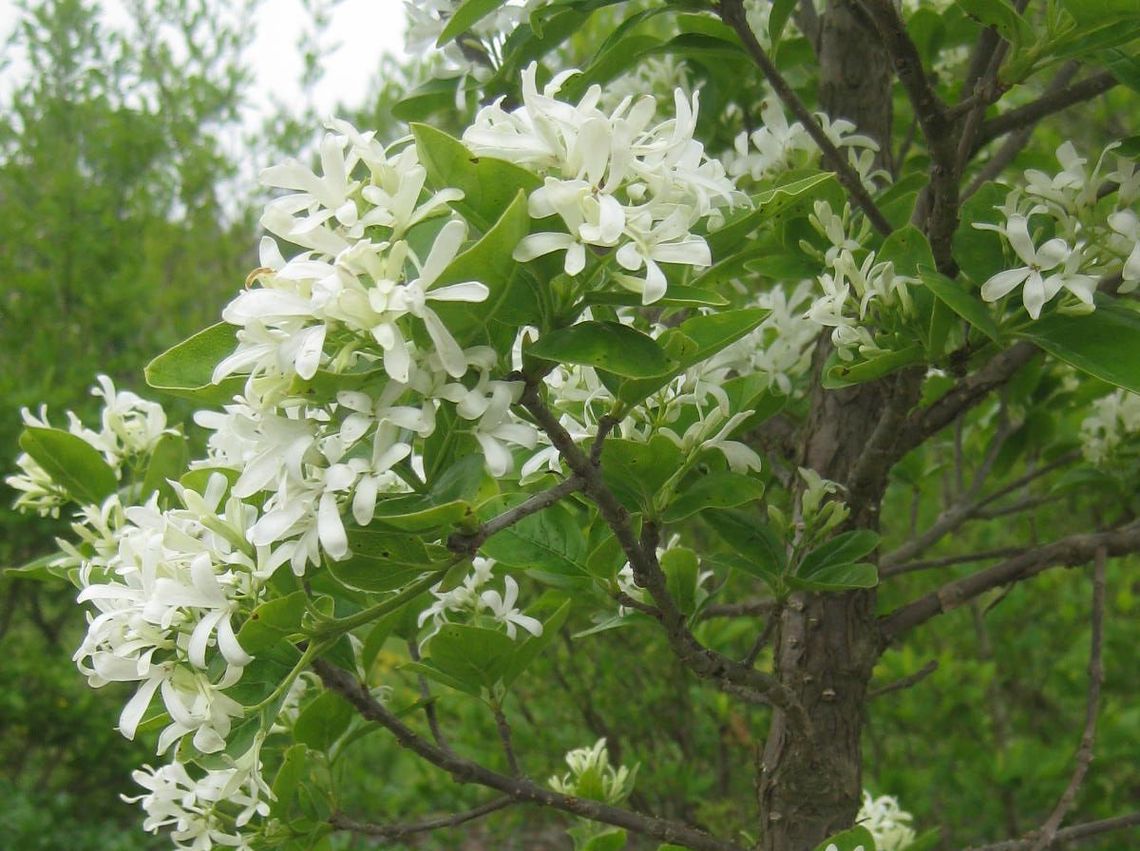
3. Daphniphyllum macropodum – Shrub
Daphniphyllum macropodum, also known as false Daphne, has shiny green leaves with attractive pink petioles. It is a great broad-leaved evergreen shrub that tolerates sun and shade, especially dry shade and exhibits considerable resistance to deer. It typically grows to be 15-25 feet tall. It is hardy in zones 6 through 9.
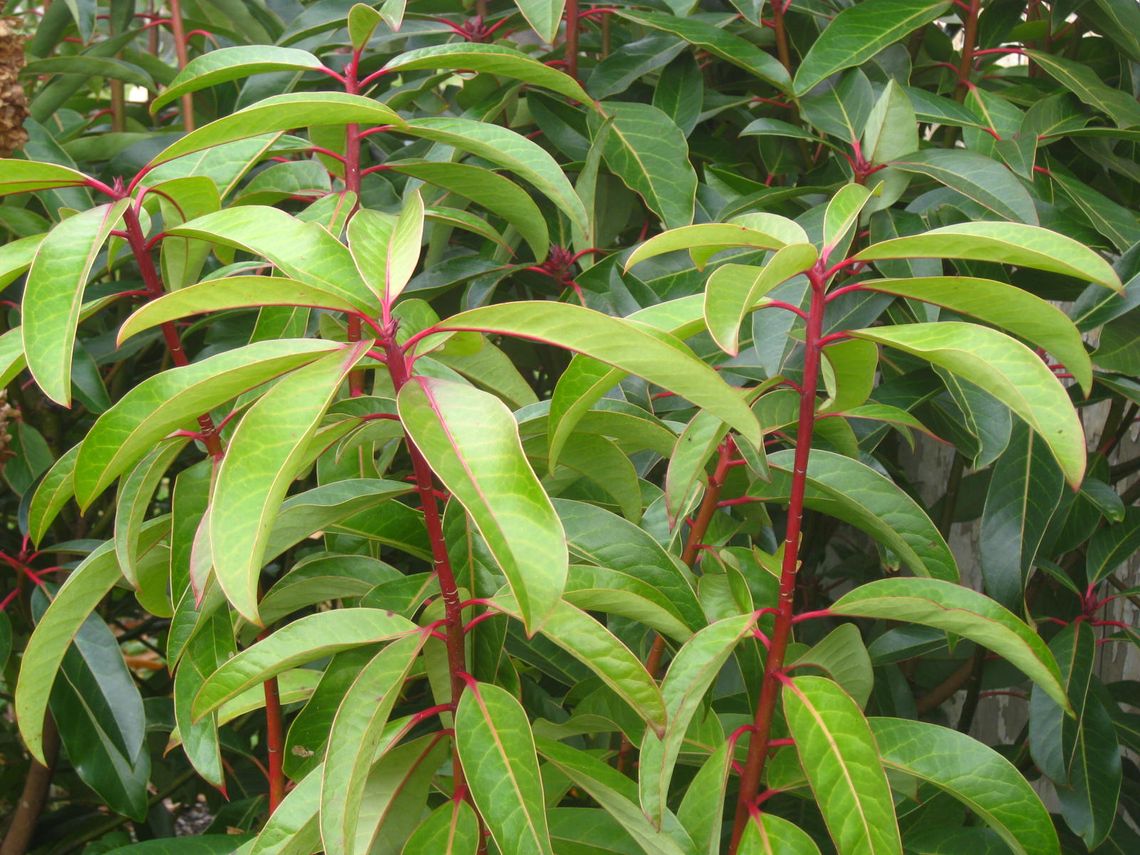
4. Juniperus virginiana 'Taylor' – Tree
Juniperus virginiana 'Taylor' is a native tree commonly known as Eastern red cedar, is a popular choice for landscapes needing a tall, slender evergreen screen or accent, especially in situations where space is limited. It's known for its drought tolerance and resistance to deer, making it a relatively low-maintenance option. It can grow to be 15-25 feet tall and 4 feet wide. It is hardy in zones 4 through 8.
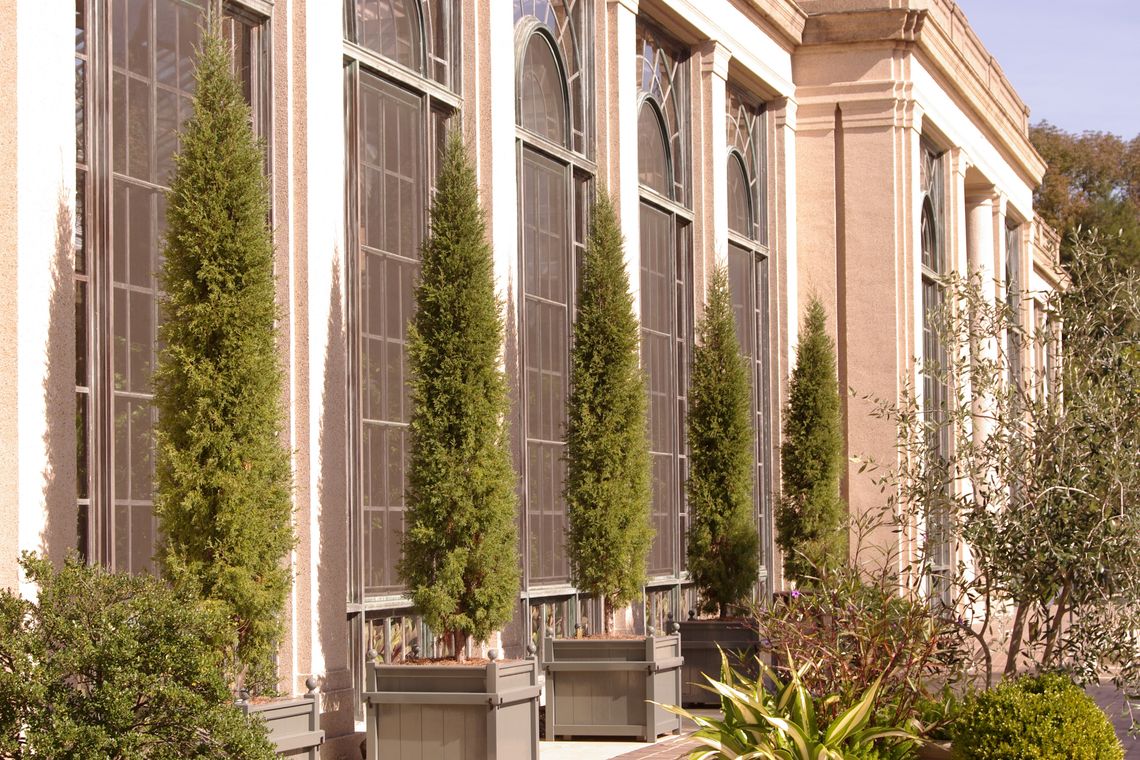
5. Sorghastrum nutans Golden Sunset™ – Perennial
Sorghastrum nutans Golden Sunset™ is commonly called Indian grass. This native grass has olive-green foliage and golden yellow flowers that attract butterflies. It is a very vigorous grass and works well when interplanted with native perennials and other native grasses. It is deer resistant and its blue-green summer foliage transitions to shades of yellow-orange and golden tan as autumn arrives. It grows to be 4-6 feet tall and 3 feet wide. It is hardy in zones 3 through 9.
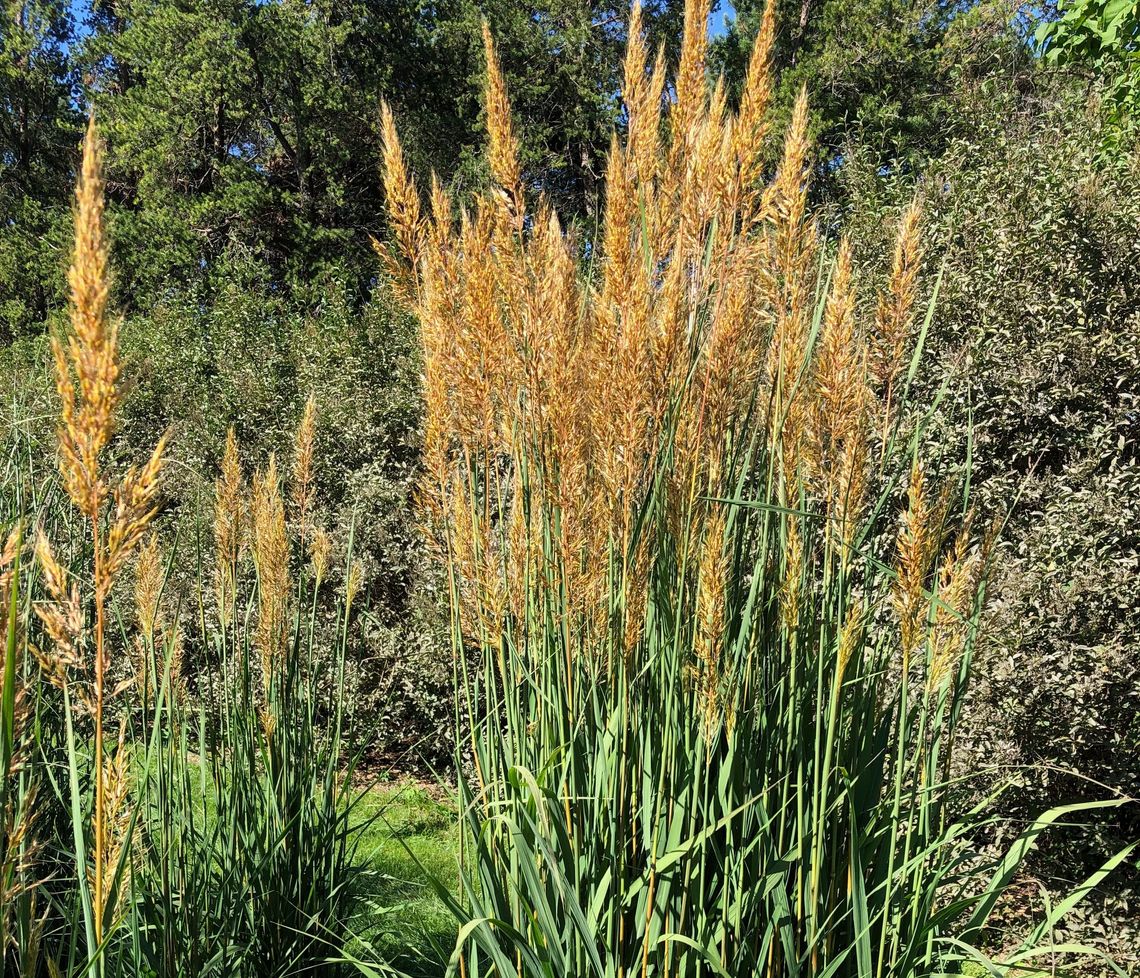
6. Symphyotrichum laeve 'Bluebird' – Perennial
Symphyotrichum laeve 'Bluebird', smooth aster, is a herbaceous perennial in the aster family that is native to central and eastern USA. It is a must-have for the garden due to the late-season blooms and the many pollinators it attracts. It is covered in daisy-like purplish-blue flowers in September to late fall. This aster is easy to grow in well-drained average garden soil in full sun to partial shade. It is drought tolerant once established and can be used in perennial borders, a pollinator garden or naturalized areas. 'Bluebird' can grow to be 3-4 feet tall and 24 inches wide. It is hardy in zones 4 through 8.
